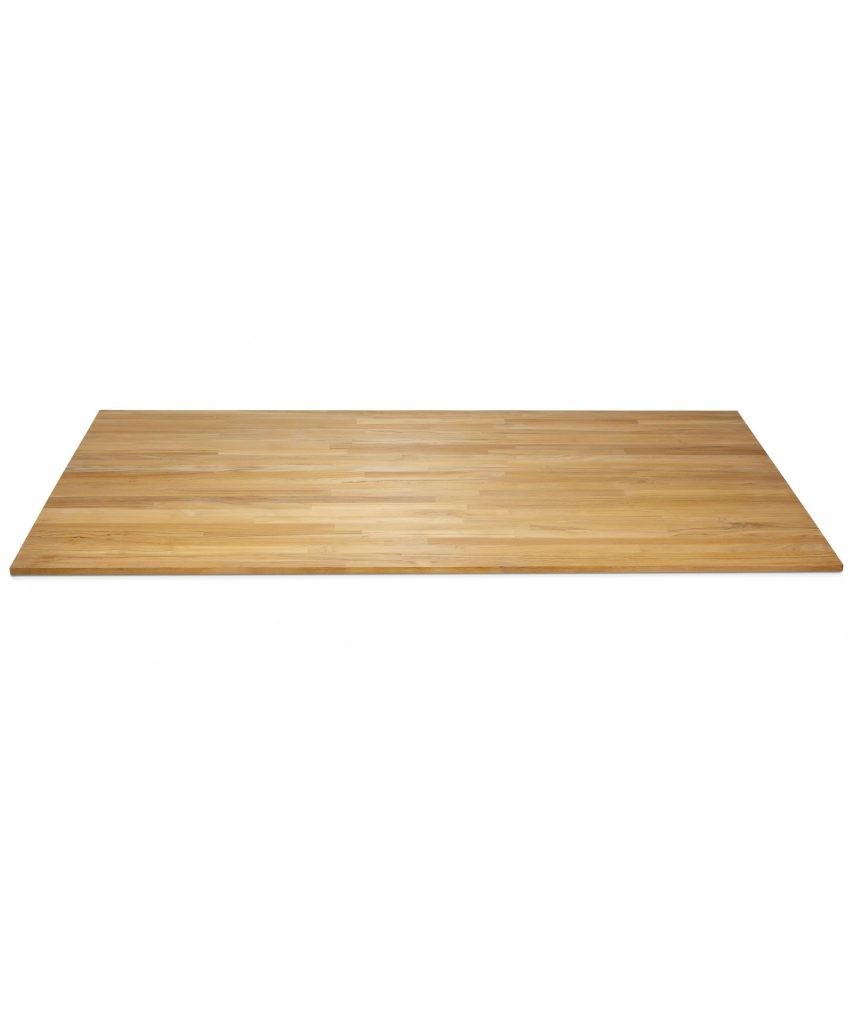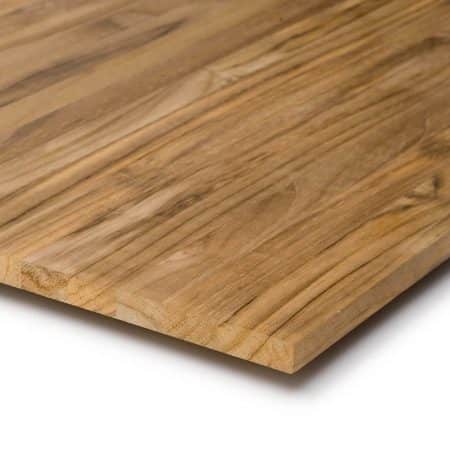
Betterwood " Advisory » wooden panels » oils
Oil the wooden board
Oiling is a very gentle way of treating wood. Oils are often purely natural products. Oil is very easy to work with and emphasizes both the wood structure and color and gives the surface a natural and fresh look.
Advantages and disadvantages
Oil does not form a final layer on the wood. It remains breathable, but has to be re-oiled at regular intervals in order to remain as dirt-resistant as possible. Water should always be wiped off oiled surfaces immediately to avoid water stains. At the same time, scratches can be sanded and repaired locally before being oiled again - with significantly less effort than with painted surfaces.


How a record is oiled
The oils are applied to the wood with a roller or brush until the worktop is wet-on-wet and no longer absorbs the oil. For this, the untreated wood must be clean, dust-free and dry. The excess oil is then massaged into the wood with a lint-free cotton cloth until the surface appears dry.
After approx. 24 hours, the worktop can be polished with a cotton cloth and the process can be repeated if necessary. In total, no water should get on the worktop for about two to three days until it is completely dry.
How often should the teak worktop be oiled after the first oiling? In order to maintain the quality and appearance of the worktop over the long term, the worktop should be re-oiled several times a year. As a rule of thumb, you can use the change of seasons as a guide.
The masterpieces of our customers.
We are amazed at what our customers make out of our wood: wooden terraces in the most improbable shapes, raised beds, ship decks, washstands, bedside cabinets, mobile homes. But see for yourself.
To the customer gallery









